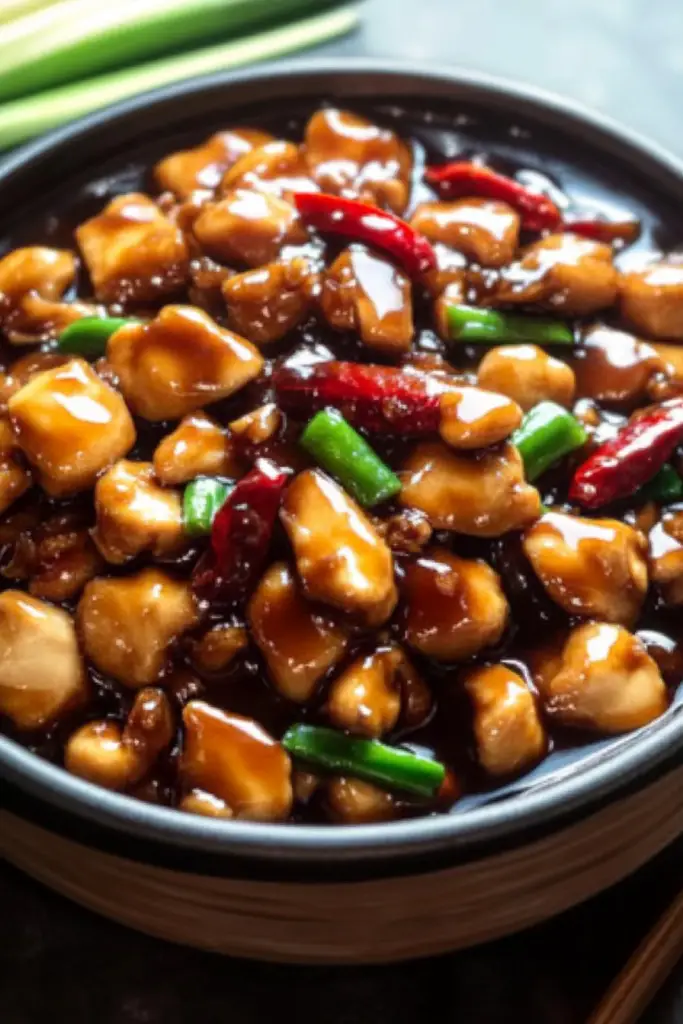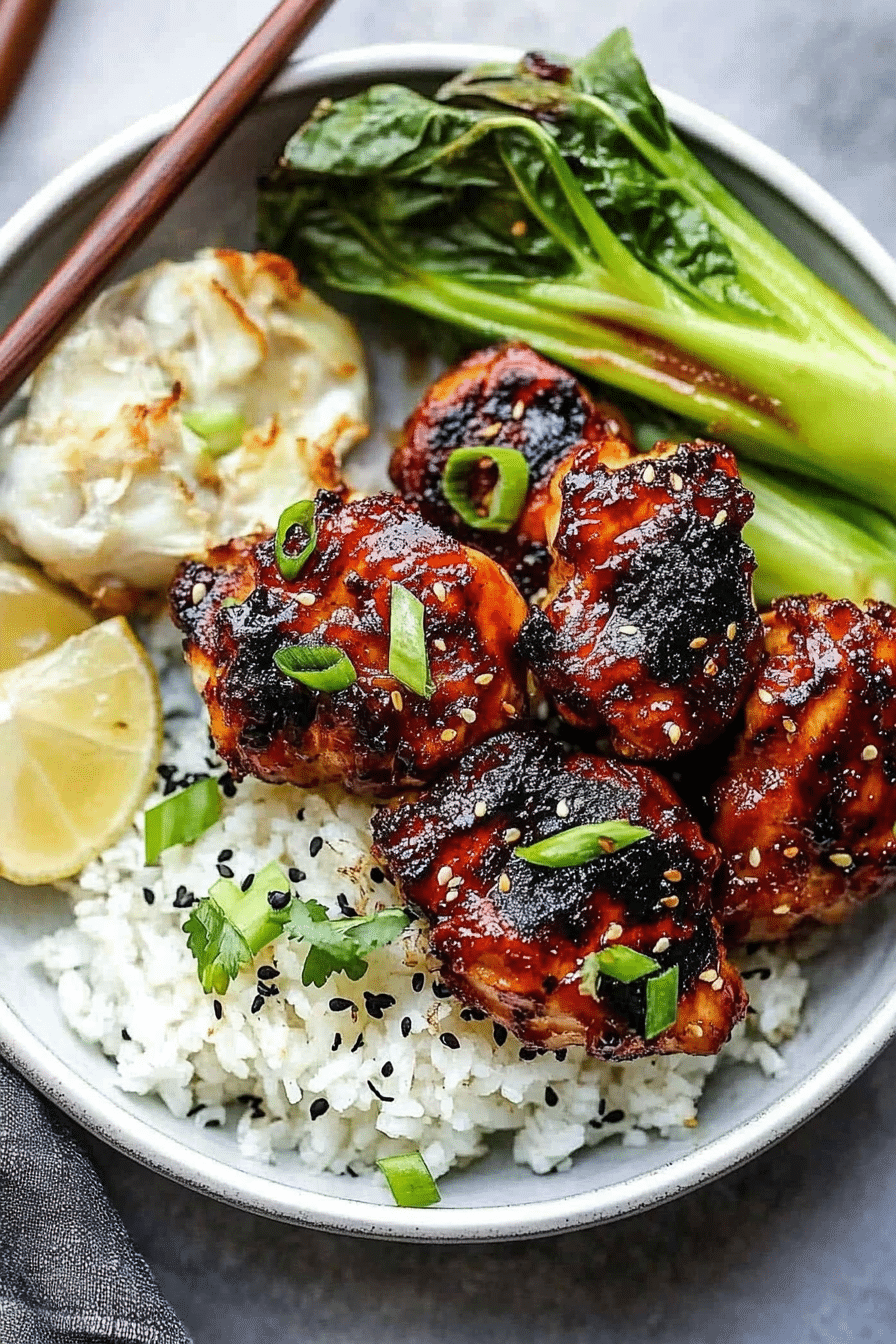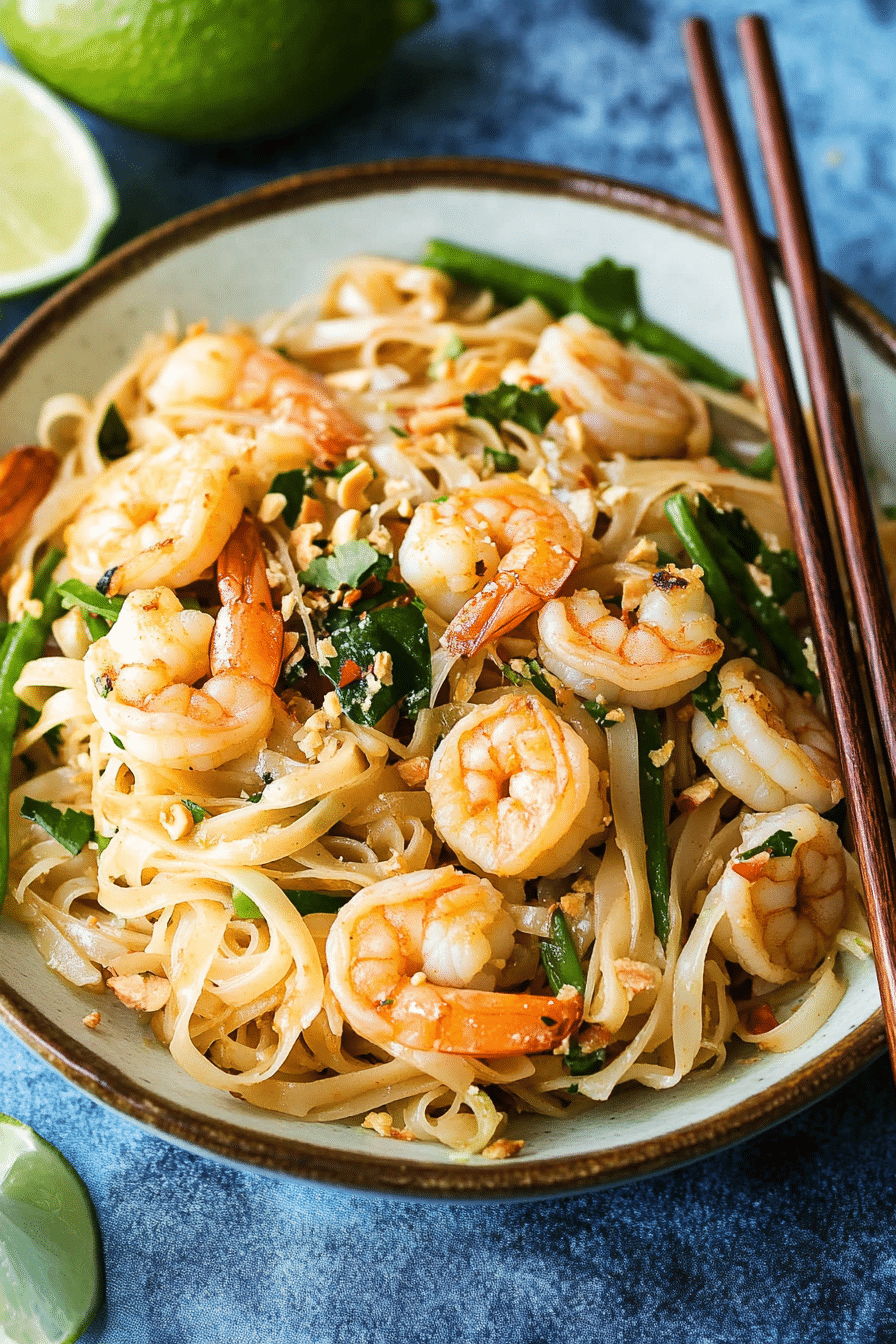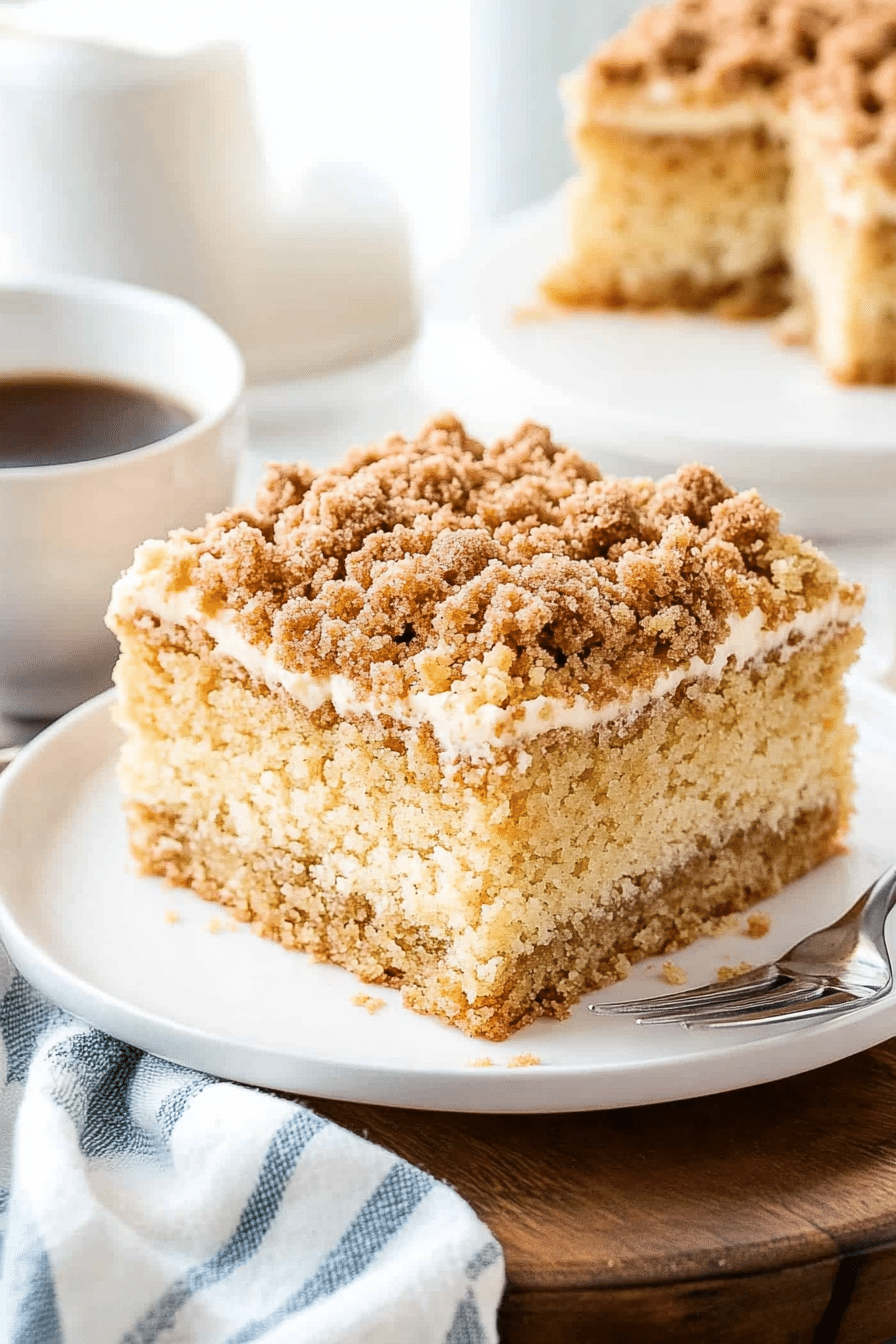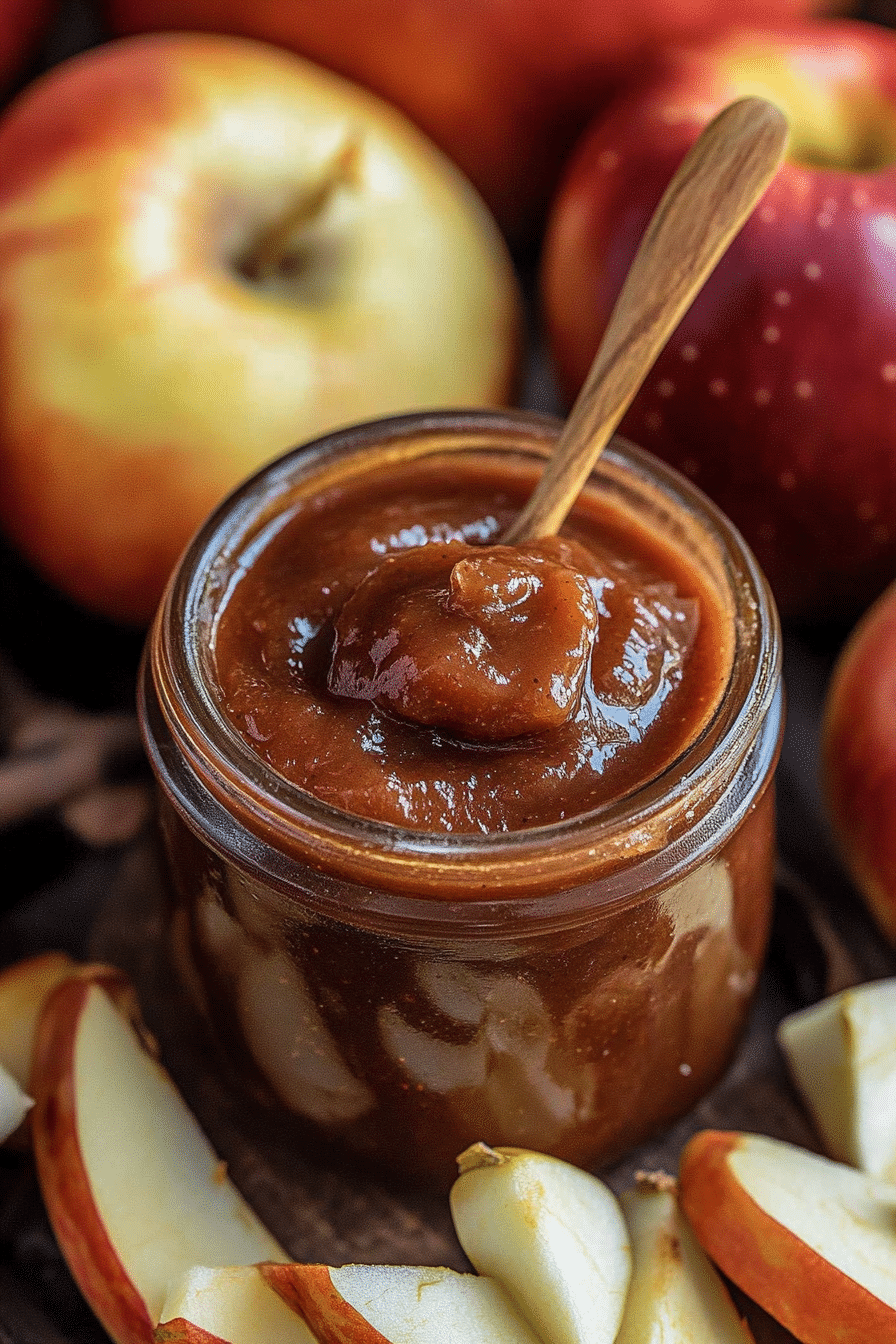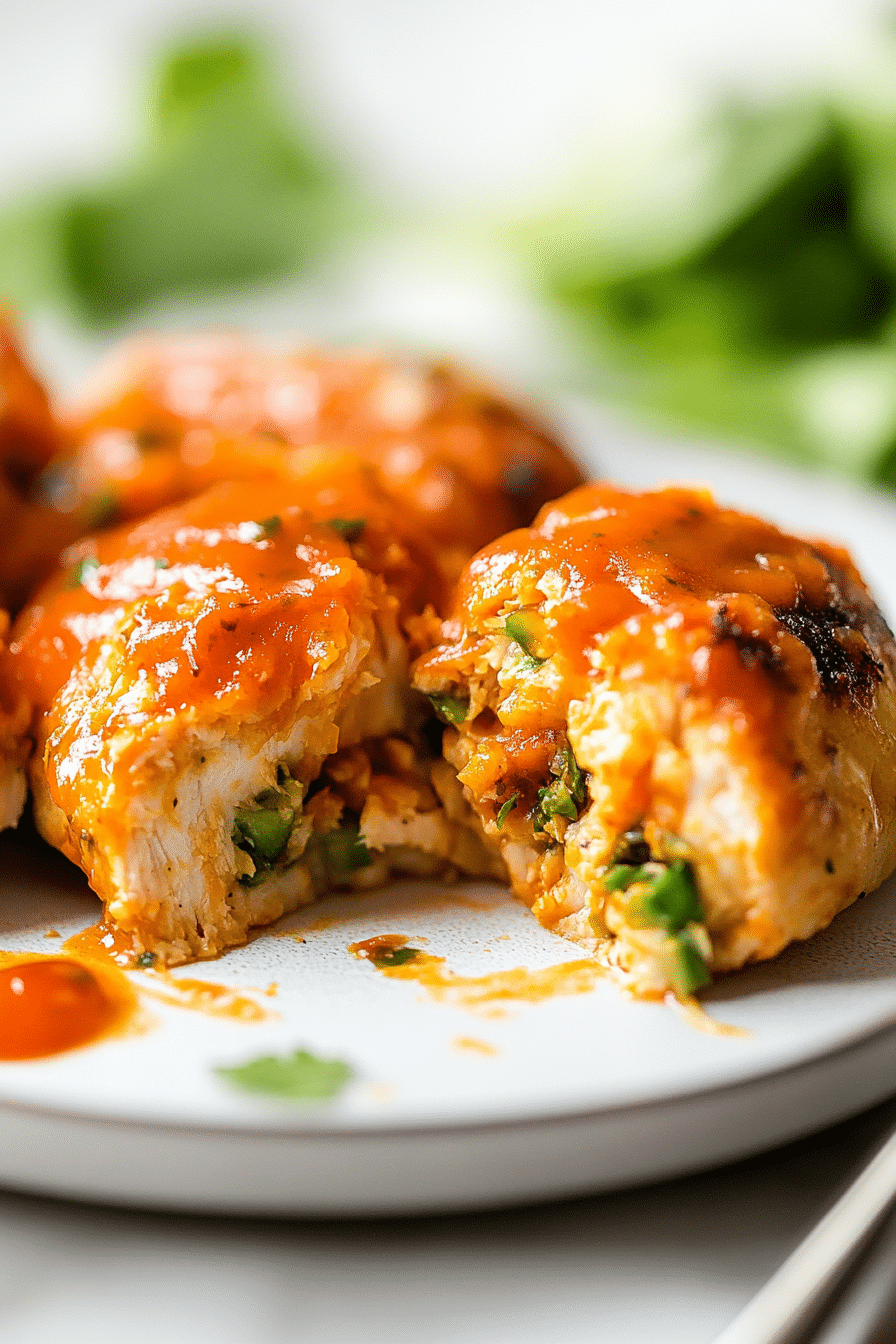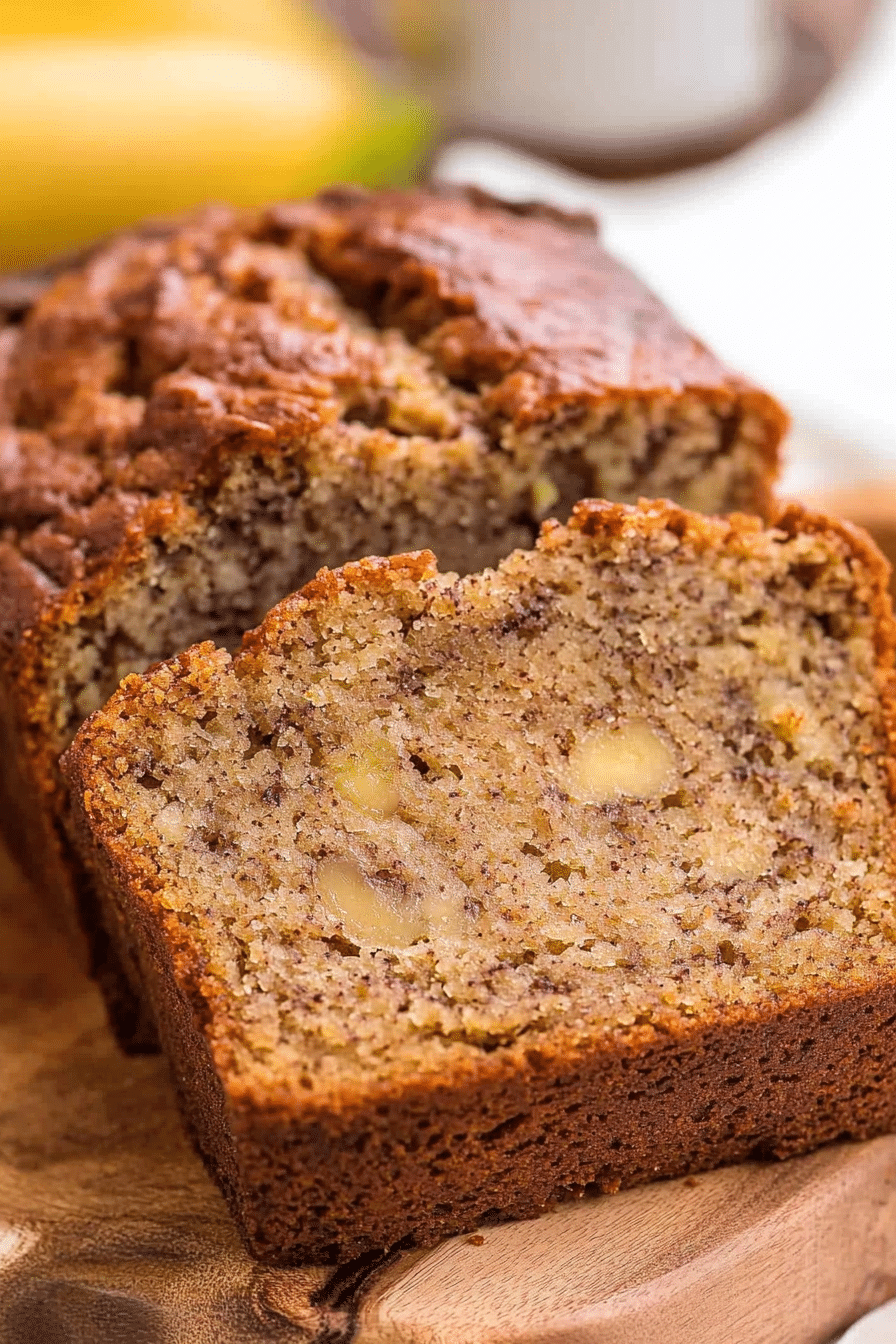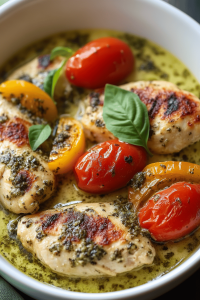Oh, Kung Pao Chicken. Just the name brings back so many memories, doesn’t it? For me, it’s the scent of toasted Sichuan peppercorns mingling with savory soy sauce, a smell that instantly transports me back to our tiny kitchen when I was a kid. My mom, bless her heart, would attempt to make it, but it never quite hit that perfectly balanced sweet, sour, and spicy note we’d get from our favorite takeout spot. It was always missing that *something*. After years of tinkering, experimenting, and frankly, a few kitchen disasters (don’t ask about the time I accidentally used sugar instead of salt!), I think I’ve finally cracked it. This Kung Pao Chicken recipe is the one. It’s the one I whip out when friends drop by unexpectedly, the one my kids devour without complaint, and the one that has earned me compliments that make my heart sing. Forget those bland, watery versions; this is the real deal, folks. It’s got that signature tingle from the Sichuan peppercorns, a delightful crunch from the peanuts, and a glossy, irresistible sauce that coats every bite. If you’ve ever been intimidated by making authentic-tasting Chinese food at home, you’re in for a treat. This recipe proves that incredible flavor doesn’t have to mean hours in the kitchen or a mile-long grocery list.
What is kung pao chicken?
So, what exactly *is* Kung Pao Chicken? At its heart, it’s a classic Sichuan stir-fry that’s known for its bold, complex flavor profile. The name “Kung Pao” (or Gong Bao) comes from a Qing Dynasty official, Ding Baozhen, and the dish is designed to be a symphony of tastes and textures. Think tender, marinated chicken, crunchy peanuts, crisp-tender veggies like bell peppers and onions, all tossed in a tantalizing sauce that’s a perfect dance between savory, slightly sweet, tangy, and that signature numbing heat from the Sichuan peppercorns. It’s not just about heat, though; it’s about balance. It’s the kind of dish that makes your taste buds wake up and pay attention. It’s got that satisfying “wok hei” – that smoky, slightly charred aroma and flavor you get from high-heat stir-frying, which we’ll get pretty close to at home!
Why you’ll love this recipe?
I love this Kung Pao Chicken Recipe. I know you will too.flavor. Oh my goodness, the flavor! It’s a true taste explosion. You get that wonderful savory depth from the soy sauce and Shaoxing wine, a bright tang from the rice vinegar, a hint of sweetness from the sugar, and then – the star of the show – that unique, tingly sensation from the Sichuan peppercorns. It’s not just spicy; it’s *interesting*. It’s complex and utterly addictive. If you’re a fan of dishes like General Tso’s chicken or Orange chicken, this offers a more nuanced, authentic flavor that I honestly find even more satisfying.
What is the second part of the puzzle?simplicity. I know, I know, “authentic” and “simple” don’t always go hand-in-hand in the kitchen, but this recipe truly bridges that gap. Once you have your ingredients prepped (and that’s the biggest step!), the actual cooking process is lightning fast – think 15-20 minutes tops. This is my absolute lifesaver on those busy weeknights when everyone’s starving and I haven’t had a moment to think about dinner. The ingredients are also surprisingly cost-efficient. Chicken thighs are usually quite affordable, and the pantry staples like soy sauce, vinegar, and cornstarch are things many of us already have on hand. Even the Sichuan peppercorns, while a specialty item, last for ages and are worth the small investment for the magic they bring.
And let’s talk versatility. While this recipe is perfect as-is, you can totally play around with it. Don’t have bell peppers? Throw in some snap peas or broccoli florets. Not a fan of peanuts? Toasted cashews are an amazing substitute. This recipe also makes for fantastic leftovers, which is a huge win in my book. You can serve it over fluffy jasmine rice, pile it high in lettuce cups for a lighter option, or even toss it with noodles. It’s just one of those dishes that always hits the spot, no matter how you serve it. What I love most about this particular recipe is that it captures that restaurant-quality taste without requiring professional chef skills or equipment. It’s proof that you can create amazing, authentic-tasting food right in your own kitchen, and I can’t wait for you to experience that!
How to Make [Recipe Name]
Quick Overview
The magic of a great stir-fry is all in the prep! We’ll start by marinating the chicken for tenderness and flavor. Then, we’ll whisk together our signature Kung Pao sauce – this is where all the flavor lives! The cooking itself is super quick: brown the chicken, stir-fry some aromatics and veggies, then toss everything with that glorious sauce until it’s glossy and thick. Finish with peanuts and a final flourish, and you’re ready to eat. The key is having everything chopped, measured, and ready to go *before* you turn on the heat, because once it starts, it moves fast!
Ingredients
For the Chicken Marinade:
1.5 lbs boneless, skinless chicken thighs, cut into 1-inch pieces. I always go for thighs because they stay so much more tender and juicy than breasts, even with a quick stir-fry. Plus, they’re usually a bit more budget-friendly! If you’re using Chicken Breast, just be extra careful not to overcook it.
1 tablespoon Shaoxing wine (or dry sherry if you can’t find Shaoxing). This is crucial for that authentic Chinese cooking flavor, it adds a lovely depth.
1 tablespoon soy sauce (low sodium is fine, but adjust salt later if needed).
1 teaspoon cornstarch. This helps tenderize the chicken and gives it a lovely velvety texture.
1/2 teaspoon sesame oil. For a hint of nutty aroma.
For the Stir-Fry Sauce:
3 tablespoons soy sauce (again, low sodium is good).
2 tablespoons Chinkiang vinegar (or rice vinegar if Chinkiang is hard to find). Chinkiang vinegar has a richer, maltier flavor that’s wonderful, but rice vinegar works beautifully too.
2 tablespoons Shaoxing wine (or dry sherry).
1 tablespoon sugar. Just enough to balance the savory and tangy notes.
1 teaspoon cornstarch. This will help thicken our sauce to that perfect glossy consistency.
1/4 cup chicken broth or water. This gives our sauce some body.
For the Stir-Fry:
2 tablespoons cooking oil, like peanut or vegetable oil. Peanut oil has a high smoke point and adds a subtle nutty flavor that’s fantastic for stir-fries.
1 tablespoon cooking oil, for the chicken.
1 inch ginger, minced. Fresh ginger is non-negotiable here, it adds such a vibrant zing.
3-4 cloves garlic, minced. Don’t skimp on the garlic!
1/2 teaspoon Sichuan peppercorns, toasted and lightly crushed. This is the secret ingredient that gives Kung Pao its signature tingle! Toasting them brings out their aroma – just a minute or two in a dry pan until fragrant. You can crush them with the flat of a knife or in a mortar and pestle.
1/2 cup dried red chilies (like Arbol or Tien Tsin), stems removed. You can adjust this based on your spice preference. I usually leave them whole; they add great color and flavor without making it overwhelmingly spicy for my family. If you want more heat, you can break them in half.
1/2 red bell pepper, cut into 1-inch pieces. Adds a lovely sweetness and crunch.
1/2 green bell pepper, cut into 1-inch pieces. For color and a different kind of crispness.
1/4 cup chopped yellow onion, cut into 1-inch pieces.
1/4 cup roasted unsalted peanuts. These are for crunch and that classic Kung Pao texture. I like to roast them myself for the best flavor, but good quality store-bought are fine!
Step-by-Step Instructions
Step 1: Preheat & Prep Pan
Alright, first things first, let’s get everything ready. Grab a medium-sized bowl and add your cubed chicken thighs. To that, add the Shaoxing wine, soy sauce, cornstarch, and sesame oil. Give it a good mix with your hands or a spoon, making sure every piece of chicken is coated. Let this marinate for at least 15-20 minutes while you get everything else ready. If you have more time, the longer it marinates, the more flavorful it will be. I often do this in the morning and let it sit in the fridge all day.
Step 2: Mix Dry Ingredients
In a small bowl, whisk together the soy sauce, Chinkiang (or rice) vinegar, Shaoxing wine, sugar, cornstarch, and chicken broth (or water). This is your Kung Pao sauce, and it’s going to be the star of the show. Make sure the cornstarch is fully dissolved – no lumps! Set this aside. Seriously, having this sauce ready to go is a game-changer when you’re stir-frying.
Step 3: Mix Wet Ingredients
This step is actually incorporated into the sauce mixture in Step 2. The “wet” ingredients we’re concerned with for the sauce are the liquid components (soy sauce, vinegar, wine, broth) that get combined with the cornstarch to create our thickening agent and flavor base. Just make sure everything is well combined and smooth.
Step 4: Combine
The “combine” step in this recipe really refers to the final stage where everything comes together in the wok. We’ll combine the marinated chicken, the aromatics (ginger, garlic, Sichuan peppercorns, chilies), the vegetables, and the sauce. The key is to do this sequentially and quickly over high heat to achieve that perfect stir-fry texture.
Step 5: Prepare Filling
The “filling” in this context refers to the marinated chicken, vegetables, and aromatics that will be cooked. Ensure your chicken is cut into bite-sized, uniform pieces. Mince your ginger and garlic finely. If you haven’t already, lightly crush your toasted Sichuan peppercorns. Wash and chop your bell peppers and onion into roughly 1-inch pieces. Have your peanuts ready. Having all these components prepped and within easy reach is essential for a successful stir-fry.
Step 6: Layer & Swirl
This isn’t really a layering and swirling recipe in the traditional sense of a cake or casserole. Instead, the “layering” refers to the order in which we add ingredients to the hot wok for stir-frying. We’ll add the chicken first to brown it, then the aromatics, then the vegetables, and finally the sauce. The “swirl” that happens is when the sauce coats everything, creating that beautiful glossy finish as it thickens over the heat. There’s no need for fancy patterns here, just efficient cooking!
Step 7: Bake
This is a stir-fry, so we won’t be baking it! We’ll be cooking it on the stovetop over high heat. The goal is to get a nice sear on the chicken and cook the vegetables until they’re tender-crisp, not mushy. The sauce will thicken and glaze everything beautifully. Make sure your pan is nice and hot before you start adding ingredients.
Step 8: Cool & Glaze
We don’t let this cool before glazing; in fact, the glaze happens *during* the cooking process! As soon as the sauce is added to the wok with the chicken and vegetables, it will start to thicken from the cornstarch and coat everything. The heat is what creates that beautiful glaze. You want to serve this immediately while it’s hot and the sauce is perfectly glossy. The chicken and veggies should be cooked through but still have a slight bite.
Step 9: Slice & Serve
Once the Kung Pao Chicken is done, it’s ready to be served straight from the wok! I like to slice the chicken for serving, especially if it was cut into larger chunks, but if you’ve already cubed it into bite-sized pieces, you can serve it as is. The best way to serve this is piping hot over a bed of steamed jasmine rice. Garnish with a few extra roasted peanuts for good measure. The aroma alone will have everyone rushing to the table!
What to Serve It With
When it comes to serving this incredible Kung Pao Chicken, the options are practically endless, and I love having a few go-to pairings for different occasions. For a simple, comforting meal, nothing beats a big bowl of fluffy steamed jasmine rice. The rice is the perfect canvas for that rich, savory sauce. I always make extra rice because my family loves to make sure they get every last drop of that sauce!
If you’re looking for something a bit lighter or want to add more veggies to your meal, try serving it alongside some blanched or stir-fried greens. Bok choy, gai lan (Chinese broccoli), or even just some crisp snow peas or asparagus are fantastic. A quick sauté of these veggies with a little garlic and soy sauce takes just minutes and complements the Kung Pao perfectly.
For a more casual gathering or a fun appetizer, consider serving Kung Pao Chicken in small lettuce cups. Use crisp butter lettuce or iceberg lettuce for a refreshing crunch. This is always a hit at parties, and it feels a little healthier too. My kids also love it when I serve it deconstructed – with the chicken and veggies in one bowl and rice on the side, so they can mix it themselves.
And for those nights when you’re feeling a little adventurous, try serving it with some crispy pan-fried noodles or even stuffed into some steamed buns. It’s surprisingly versatile! My personal favorite way to enjoy leftovers, if there are any (which is rare!), is cold, straight from the fridge, eaten with chopsticks while I’m catching up on my favorite show. Don’t judge! It’s still delicious. The key is to have something to soak up that amazing sauce!
Top Tips for Perfecting Your [Recipe Name]
I’ve made this Kung Pao Chicken more times than I can count, and over the years, I’ve picked up a few tricks that really make a difference. First, about the Sichuan peppercorns. Don’t skip toasting them! Seriously, it takes about 30 seconds in a dry skillet over medium heat until they become super fragrant. Then, just give them a light crush with the flat of a knife or a mortar and pestle. This releases their incredible aroma and that signature numbing sensation. If you don’t toast them, they can taste a bit acrid. Also, don’t go overboard; a little goes a long way for that pleasant tingle.
When it comes to the chicken, make sure you’re using thighs and cutting them into uniform, bite-sized pieces. Uniformity is key for even cooking. The cornstarch in the marinade is your friend – it not only tenderizes but also helps create a slight barrier that keeps the chicken moist during the high-heat cooking. I’ve found that if I marinate the chicken for at least 30 minutes, it really absorbs the flavors better. If you’re in a super rush, even 15 minutes makes a difference.
For the sauce, the cornstarch is what makes it thick and glossy. It’s super important to whisk it thoroughly into the liquid ingredients to avoid lumps. If you find your sauce isn’t thickening enough, you can always make a little cornstarch slurry (1 teaspoon cornstarch mixed with 1 tablespoon cold water) and stir it into the simmering sauce. Just add a little at a time until you reach your desired consistency. Remember, the sauce will thicken more as it cools slightly, so don’t over-thicken it in the wok.
When it comes to the vegetables, like the bell peppers and onions, I like them to be tender-crisp. That means they should still have a slight bite to them. To achieve this, make sure your wok or skillet is screaming hot before you add them. Stir-fry them for just a couple of minutes until they’re bright in color and slightly softened. Overcooking them will make them mushy, and nobody wants that! I’ve learned this lesson the hard way after letting them sit in the pan too long.
Another tip: have *everything* prepped and near your stove before you even turn on the heat. Stir-frying is fast. You won’t have time to chop an onion or mince garlic once you’ve started cooking the chicken. This is what they call “mise en place” in fancy cooking terms, and it’s essential for stir-fries. My kids actually help me with chopping veggies for stir-fries because they love to be involved, and it teaches them a valuable kitchen skill.
Finally, if you can’t find Shaoxing wine or Chinkiang vinegar, don’t despair! Dry sherry and regular rice vinegar are perfectly acceptable substitutes and will still yield a delicious result. The flavors will be slightly different, but still wonderfully authentic. I’ve tested this recipe with various substitutions, and these are the ones that have held up best. Trust me on this one – a little bit of care in the prep and cooking makes all the difference!
Storing and Reheating Tips
This Kung Pao Chicken is so good, you might actually have leftovers, which is a miracle in my house! If you do, storing it properly will ensure it stays delicious. For short-term storage, I usually keep it in an airtight container in the refrigerator. It will stay fresh and tasty for about 3-4 days. The flavors actually meld and deepen a bit overnight, which is pretty neat. I prefer glass containers because they don’t retain odors as much as plastic.
When it comes to reheating, the best method is to gently re-stir-fry it. Place the leftovers in a hot skillet with a tablespoon of oil and stir-fry for a few minutes until heated through. This brings back some of that crispness and vibrancy. If you’re in a real hurry, you can microwave it, but be aware that the chicken might become a bit softer, and the sauce might not be as glossy. Try reheating in short bursts, stirring in between, to prevent it from becoming tough.
If you want to freeze this Kung Pao Chicken, I’d recommend doing so *without* the peanuts, as they can get a bit soggy after freezing and thawing. Store the chicken and sauce mixture in freezer-safe containers or heavy-duty freezer bags. It can be frozen for up to 2-3 months. When you’re ready to eat, thaw it in the refrigerator overnight, then reheat it using the stir-fry method described above. Add fresh peanuts right at the end of reheating for that perfect crunch. I’ve found that the sauce holds up well to freezing, and it’s so convenient to have a delicious meal ready to go on a busy night.
Regarding the glaze timing, it’s best to apply the glaze during the initial cooking process. If you store the dish with the sauce already thickened, it will cling to the ingredients beautifully. For reheating, you’ll want to ensure the sauce is distributed evenly. If it seems a bit thick after reheating, you can add a tiny splash of water or broth to loosen it up. The key is to reheat it gently to maintain the best texture and flavor.
Frequently Asked Questions
Final Thoughts
And there you have it – my tried-and-true Kung Pao Chicken! This recipe really is a labor of love for me, not because it’s difficult, but because it brings so much joy to my table. It’s that perfect balance of flavors and textures that makes you want to close your eyes with every bite. It’s a dish that feels special enough for guests but is simple enough for a weeknight treat. I truly believe that with a little bit of attention to detail, you can achieve that incredible restaurant-quality taste right in your own kitchen, and this recipe is the proof.
If you loved making this Kung Pao Chicken and are looking for more exciting Asian-inspired recipes, you might also enjoy my recipe for Spicy Garlic Noodles or my Easy Beef and Broccoli. They’re all about big flavors and straightforward cooking. Don’t be afraid to experiment with the spice level or add your favorite vegetables – that’s the beauty of cooking at home! I can’t wait to hear how your Kung Pao Chicken turns out. Please leave a comment below with your thoughts, ratings, and any fun twists you tried. Happy cooking, everyone!
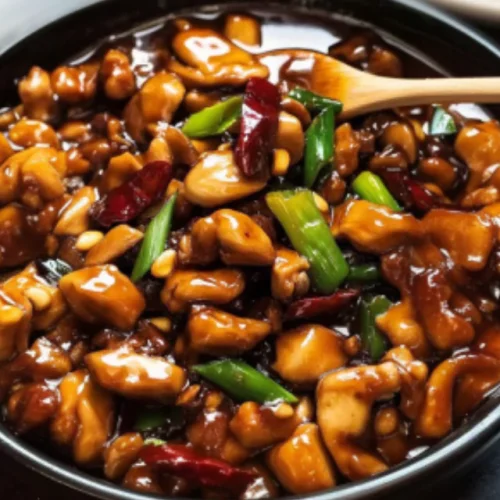
Kung Pao Chicken
Ingredients
Main Ingredients
- 0.5 kg boneless, skinless chicken thighs cut into 2.5cm pieces
- 0.1 cup unsalted peanuts roasted
- 1 tbsp vegetable oil
- 2 cloves garlic minced
- 1 inch ginger grated
- 1 medium red bell pepper chopped
- 1 medium green bell pepper chopped
- 2 tbsp soy sauce
- 1 tbsp Shaoxing wine (or dry sherry)
- 1 tbsp rice vinegar
- 1 tsp sesame oil
- 1 tsp cornstarch mixed with 1 tbsp water
- 0.5 tsp red pepper flakes (optional)
Instructions
Preparation Steps
- In a small bowl, whisk together soy sauce, Shaoxing wine, rice vinegar, sesame oil, and cornstarch mixture. Set aside.
- Heat vegetable oil in a wok or large skillet over medium-high heat. Add chicken and stir-fry until browned and cooked through, about 5-7 minutes. Remove chicken from the wok and set aside.
- Add garlic, ginger, and red pepper flakes (if using) to the wok. Stir-fry for about 30 seconds until fragrant.
- Add the chopped red and green bell peppers to the wok and stir-fry for 2-3 minutes until slightly tender-crisp.
- Return the cooked chicken to the wok. Pour the prepared sauce over the chicken and vegetables. Stir well to coat everything.
- Stir-fry for another 1-2 minutes until the sauce thickens and coats the ingredients. Stir in the roasted peanuts.
- Serve immediately over steamed rice.
Notes
Featured Comments
“Impressed! Clear steps and quick weeknight win results. Perfect for busy nights.”
“New favorite here — perfect for busy nights. crowd-pleaser was spot on.”
“Super easy and turned out amazing! My family asked for seconds. Saving this one.”
“This sweet treat was absolutely loved — the silky really stands out. Thanks!”
“Made it tonight and wow — creamy! Will definitely make Kung Pao Chicken again.”
“Packed with flavor and so simple. Exactly what I wanted from Kung Pao Chicken.”


